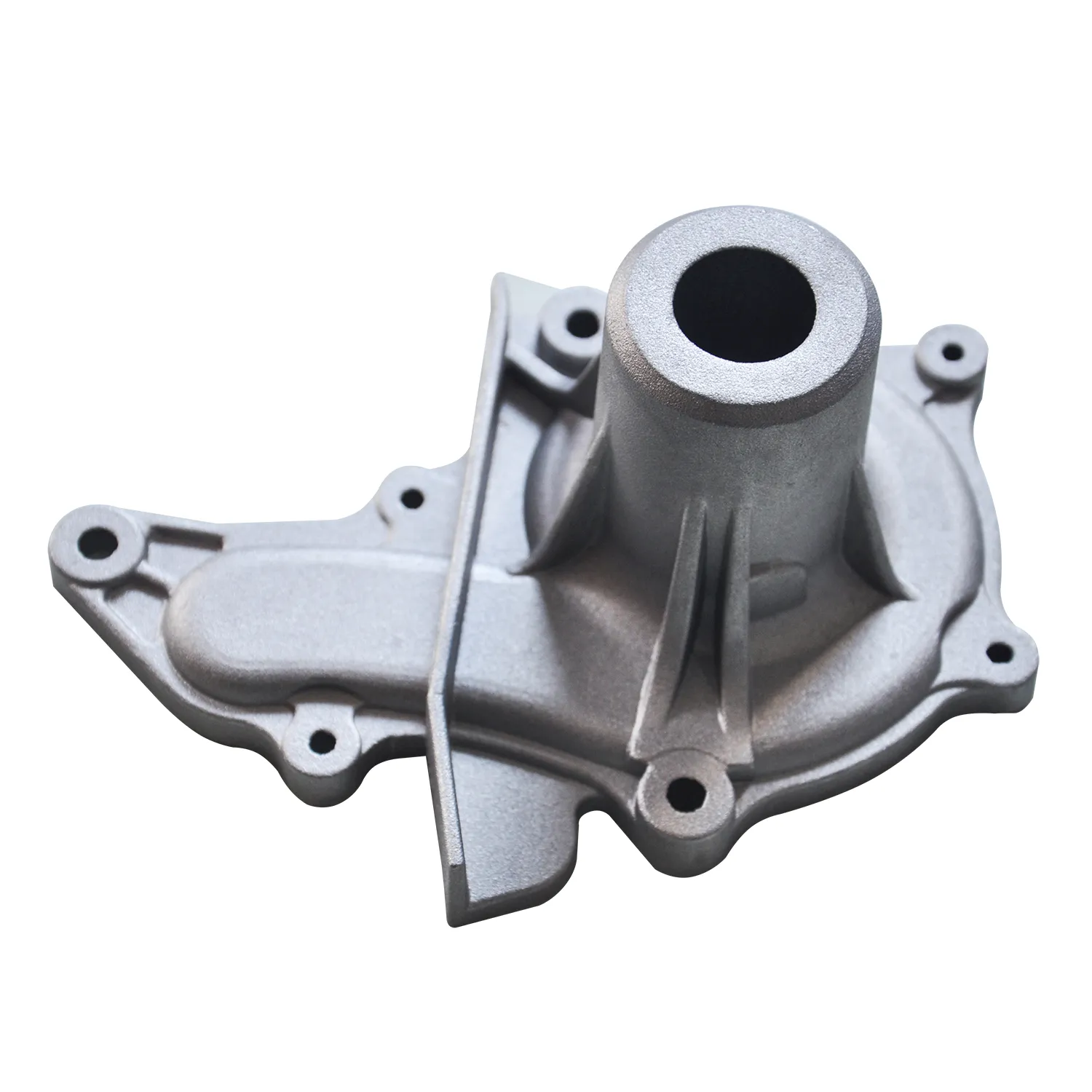Mobile:+86-311-808-126-83
Email:info@ydcastings.com
what is sand casting
What is Sand Casting?
Sand casting, also known as sand mold casting, is a versatile and widely used metal casting process that involves creating a metal part by pouring molten metal into a sand mold. This technique is one of the oldest and most established methods of manufacturing in the foundry industry. Its simplicity, low cost, and adaptability make it the preferred choice for producing a wide range of metal parts, from simple components to intricate shapes.
The Sand Casting Process
The sand casting process consists of several key steps
1. Pattern Making The first step in sand casting is to create a mold pattern. This pattern is typically made from materials like wood, metal, or plastic and is a precise replica of the final product. The pattern is essential for creating the mold cavity that will hold the molten metal. Patterns can be manufactured as solid or split types, depending on the complexity and geometry of the final part.
2. Mold Preparation Once the pattern is ready, the next step is to prepare the sand mold. This involves mixing sand with a binding agent, typically clay and water, to enhance the sand’s ability to retain shape. The prepared sand is then packed around the pattern to create the mold. Care is taken to ensure that the sand is tightly compressed to minimize defects in the final casting.
3. Mold Assembly After the sand is packed, the pattern is removed to leave a cavity in the shape of the desired object. If the mold is a split type, it will be assembled in two parts to facilitate the pouring of the molten metal. Additional features may include core placements for hollow sections, vents for gas escape, and risers for controlling the flow of the molten material.
4. Melting and Pouring The next step involves melting the metal that is to be cast. This metal can be aluminum, iron, bronze, or other alloys, depending on the application. The molten metal is then carefully poured into the mold cavity through a pouring cup, allowing the metal to fill the space completely. It’s important to control the pouring temperature and speed to avoid defects like cold shuts and mold erosion.
5. Cooling and Solidification After pouring, the molten metal must cool and solidify. The cooling rate can affect the properties of the finished casting. Once the metal has solidified, the mold is broken apart to extract the casting, which may require cleaning to remove any sand or residue.
6. Finishing The final step involves finishing the casting. This may include trimming excess material (known as flash), sandblasting to remove surface imperfections, and machining to achieve precise dimensions. Additional processes like heat treatment may also be applied to enhance the mechanical properties of the casting.
what is sand casting

Advantages of Sand Casting
Sand casting offers several advantages that contribute to its enduring popularity in manufacturing
- Cost-Effectiveness The materials used in sand casting are relatively inexpensive. The reusable nature of sand further enhances its cost efficiency, making it suitable for both large and small production runs.
- Versatility Sand casting can accommodate a wide variety of metals and alloys, which allows for the production of complex shapes and large components. It is capable of manufacturing parts ranging from a few grams to several tons.
- Customization Each sand casting project can be tailored to meet specific requirements, including size, shape, and metal type, making it ideal for custom and one-off pieces.
- Complex Geometries The capabilities of sand casting extend to creating intricate designs with complex geometries that may not be possible with other casting methods.
Applications of Sand Casting
Sand casting is utilized across various industries, including automotive, aerospace, military, and general manufacturing. Common applications include engine blocks, housings, frames, and intricate parts used in machinery and tools. Its adaptability allows it to meet the needs of both low-volume hobbyist projects and large-scale industrial productions.
Conclusion
In summary, sand casting is a crucial process in the metal manufacturing industry, merging simplicity with versatility. By understanding the steps involved and the advantages it offers, one can appreciate how this ancient technique continues to be relevant in today’s advanced manufacturing environment. Whether for small custom projects or large industrial components, sand casting stands the test of time as an essential manufacturing process.
-
Why Should You Invest in Superior Pump Castings for Your Equipment?NewsJun.09,2025
-
Unlock Performance Potential with Stainless Impellers and Aluminum End CapsNewsJun.09,2025
-
Revolutionize Your Machinery with Superior Cast Iron and Aluminum ComponentsNewsJun.09,2025
-
Revolutionize Fluid Dynamics with Premium Pump ComponentsNewsJun.09,2025
-
Optimizing Industrial Systems with Essential Valve ComponentsNewsJun.09,2025
-
Elevate Grid Efficiency with High-Precision Power CastingsNewsJun.09,2025











